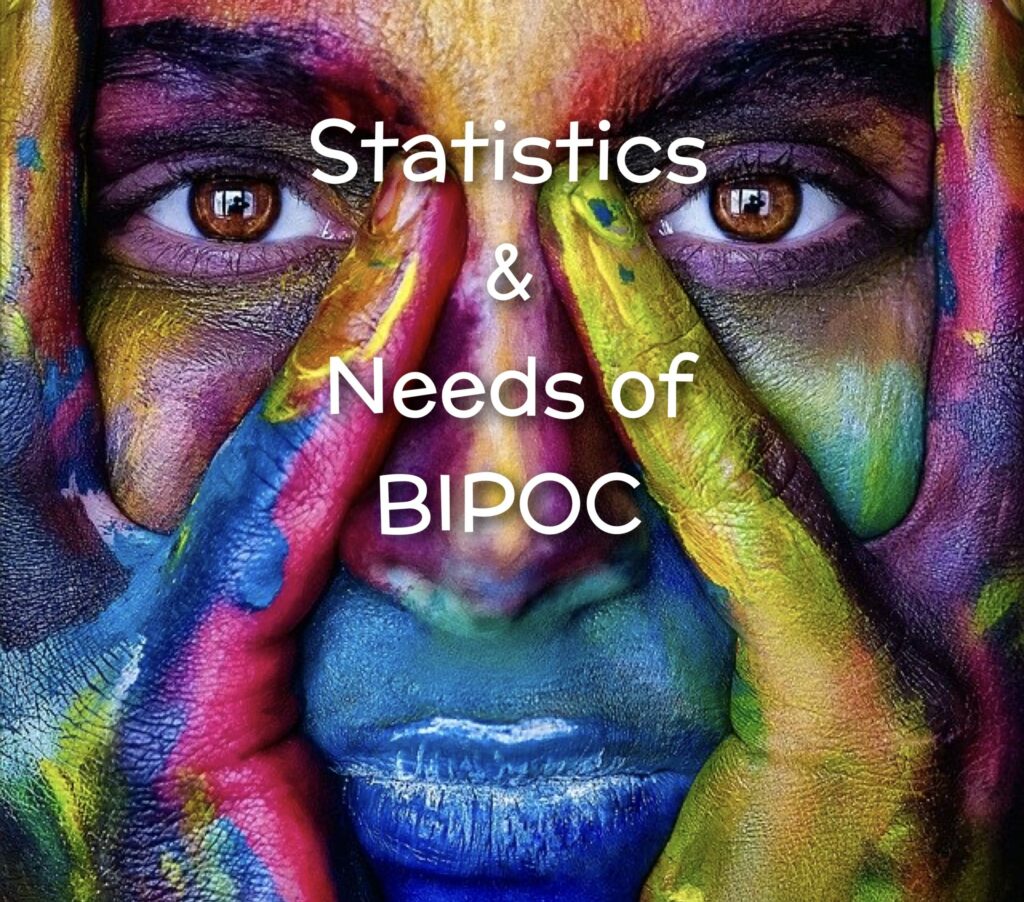Intersecting Inequalities: Examining the Disparities in Mental Health Access among BIPOC Teens
Introduction:
The mental health landscape in contemporary society presents significant disparities, with certain groups facing more obstacles in accessing the care they need. This essay will explore the specific challenges BIPOC (Black, Indigenous, and People of Color) young people encounter in terms of mental health care access. By focusing on various social, economic, and cultural factors, we can elucidate the intersectional aspects perpetuating this inequality. Understanding the root causes of these disparities is crucial for implementing effective policies and interventions, as mental health should be accessible to all, regardless of one’s racial or ethnic background.
Structural barriers perpetuating inequalities:
BIPOC young people disproportionately face structural barriers that hinder their access to mental health resources. Economic disparities are a significant factor, considering that marginalized communities tend to have lower income and limited health insurance coverage. Consequently, they face difficulties in seeking professional mental health services, which are often costly without adequate insurance schemes. Furthermore, lack of transportation in underserved areas compounds the issue, as it becomes harder for BIPOC young people to physically access mental health service providers or clinics.
Cultural stigma and systemic biases:
Cultural stigmas surrounding mental health within BIPOC communities can further restrict access to care. Historical distrust of Western medicine as a legacy of systemic racism, combined with the perception that mental health concerns may be culturally misunderstood or even taboo, can discourage seeking help. Compounded by language barriers and limited culturally competent mental health services, these factors contribute to the limited utilization of available resources. Consequently, many BIPOC young people may forgo or delay seeking support until their mental health conditions worsen, leading to more severe outcomes.
Mental health workforce disparities:
Disparities in the mental health workforce compound the challenges faced by BIPOC young people. The under-representation of mental health professionals from marginalized backgrounds can lead to misalignment between providers and patients, reducing the effectiveness of interventions. A lack of diversity within the workforce can perpetuate systemic biases and hinder trust-building between patients and providers. Encouraging diversity among mental health professionals and providing cultural competency training can help bridge this gap and improve mental health access for BIPOC young people.
Systemic racism and trauma:
Systemic racism takes a toll on the mental health of BIPOC young people. The cumulative effects of discrimination, microaggressions, and racialized trauma can lead to increased rates of mental health disorders. Moreover, limited access to resources that promote resilience, such as quality education and stable employment, exacerbates the mental health disparities faced by BIPOC youth. Addressing these root causes requires dismantling systemic racism, implementing anti-discriminatory policies, and fostering inclusive environments that emphasize the mental well-being of all individuals.
Conclusion:
BIPOC young people face numerous barriers to accessing mental health care, stemming from structural, cultural, and systemic factors. Economic disparities, cultural stigmas, limited representation in the mental health workforce, and systemic racism contribute to these disparities. To rectify this injustice, it is vital to develop comprehensive strategies that address both the structural barriers and the cultural nuances that affect BIPOC communities. Increased investment in community-based mental health resources, culturally competent care, and policy interventions geared towards reducing racial disparities will be essential in ensuring equitable access to mental health services for all young individuals, regardless of their racial or ethnic background.



Responses